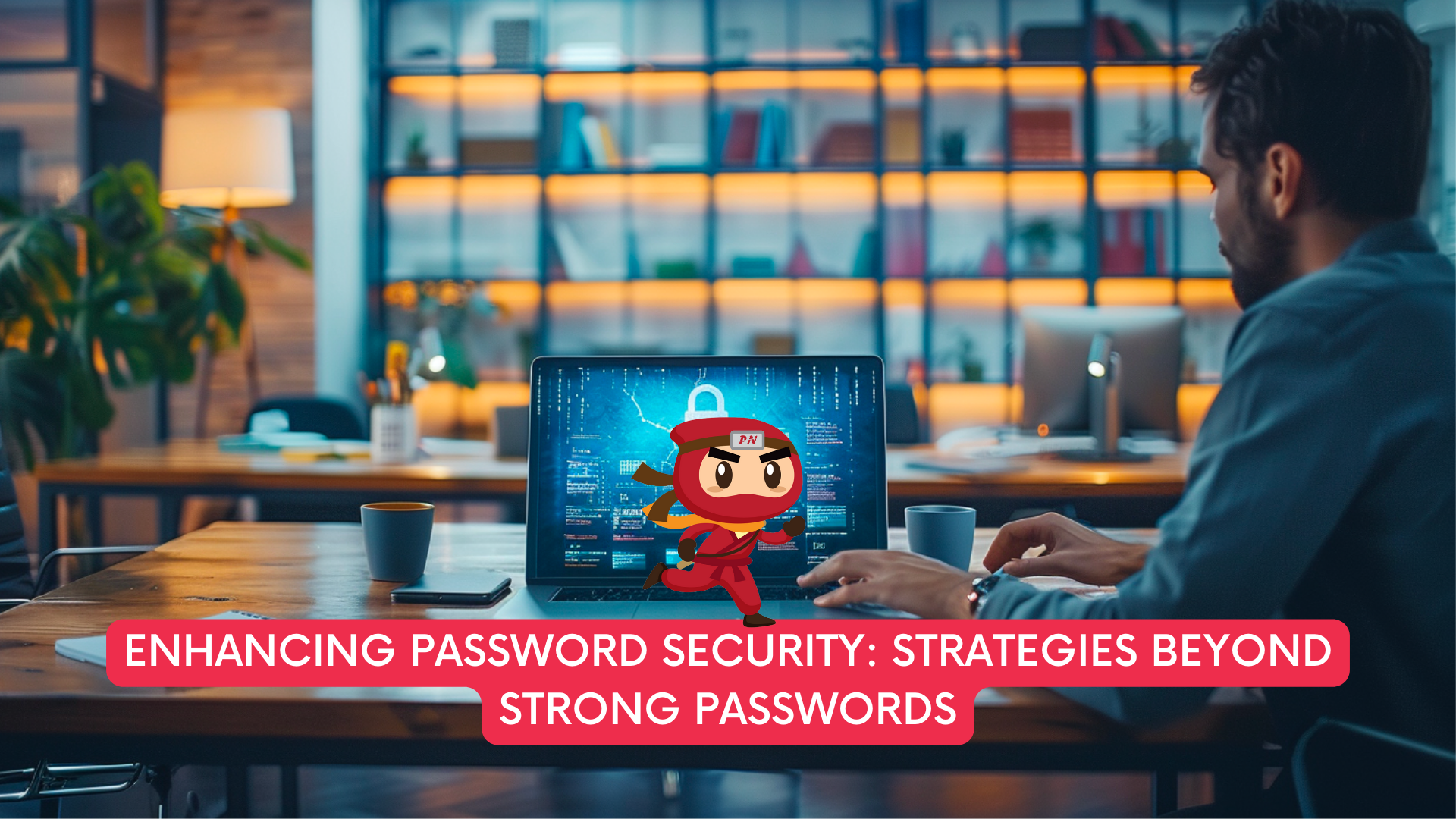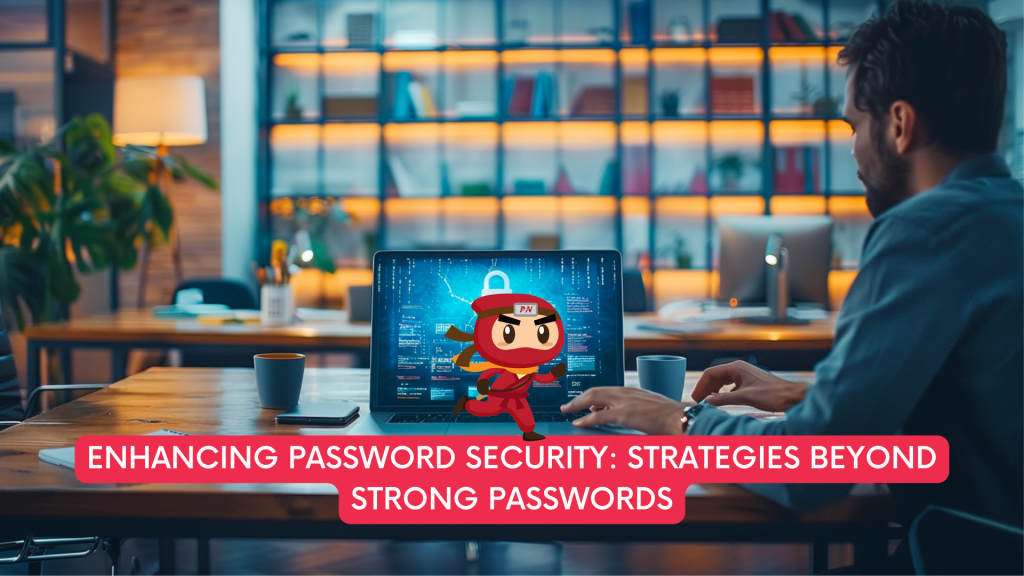KEEP IN TOUCH
Subscribe to our mailing list to get free tips on Data Protection and Cybersecurity updates weekly!







The importance of having a strong password cannot be overstated. However, relying solely on strong passwords may not be sufficient to protect against determined cyber attackers. With the prevalence of brute force attacks, where attackers systematically try various combinations of characters to gain unauthorized access, it has become imperative to implement additional layers of security to fortify your systems. In this article, we’ll explore the limitations of relying solely on strong passwords and discuss strategies to enhance password security by adding multiple layers of protection.
While strong passwords consisting of a combination of uppercase and lowercase letters, numbers, and special characters are an essential component of cybersecurity, they are not foolproof. Cyber attackers employ sophisticated techniques, such as brute force attacks and password spraying, to exploit weak or commonly used passwords. Even the strongest passwords may eventually be compromised through relentless automated attempts by attackers.


While having a strong password is an essential first step in protecting against unauthorized access, it is not sufficient on its own to thwart determined cyber attackers. By implementing additional layers of security, such as multi-factor authentication, account lockout policies, and password managers, organizations can significantly enhance password security and reduce the risk of password-related breaches. Moreover, user education and awareness, coupled with proactive monitoring and detection, are crucial components of a comprehensive password security strategy. By adopting a multi-layered approach to password security, organizations can effectively mitigate the risks associated with brute force attacks and safeguard their systems and data from unauthorized access.
Your appointed DPO can work with you on your PDPA compliance, ensuring that there will be policies in place to make sure that the handling of personal data is PDPA compliant.
A Data Protection Officer (DPO) oversees data protection responsibilities and ensures that organisations comply with the Personal Data Protection Act (PDPA). Furthermore, every Organisation’s DPO should be able to curb any instances of PDPA noncompliance as it is the officer responsible for maintaining the positive posture of an organisation’s cybersecurity.
DPOs complement organisations’ efforts to ensure that the organisation’s methods of collecting personal data comply with the PDPA. It also ensures that policies are set in place to make sure that there will be no instances of data breaches in the future.
Don’t wait any longer to ensure your organisation is PDPA compliant. Take our free 3-minute PDPA Compliance Self-audit checklist now, the same “secret weapon” used by our clients to keep them on track. Upon completion, we will send you the results so you can take the necessary action to protect your customers’ data. Complete the free assessment checklist today and take the first step towards protecting your customers’ personal data.